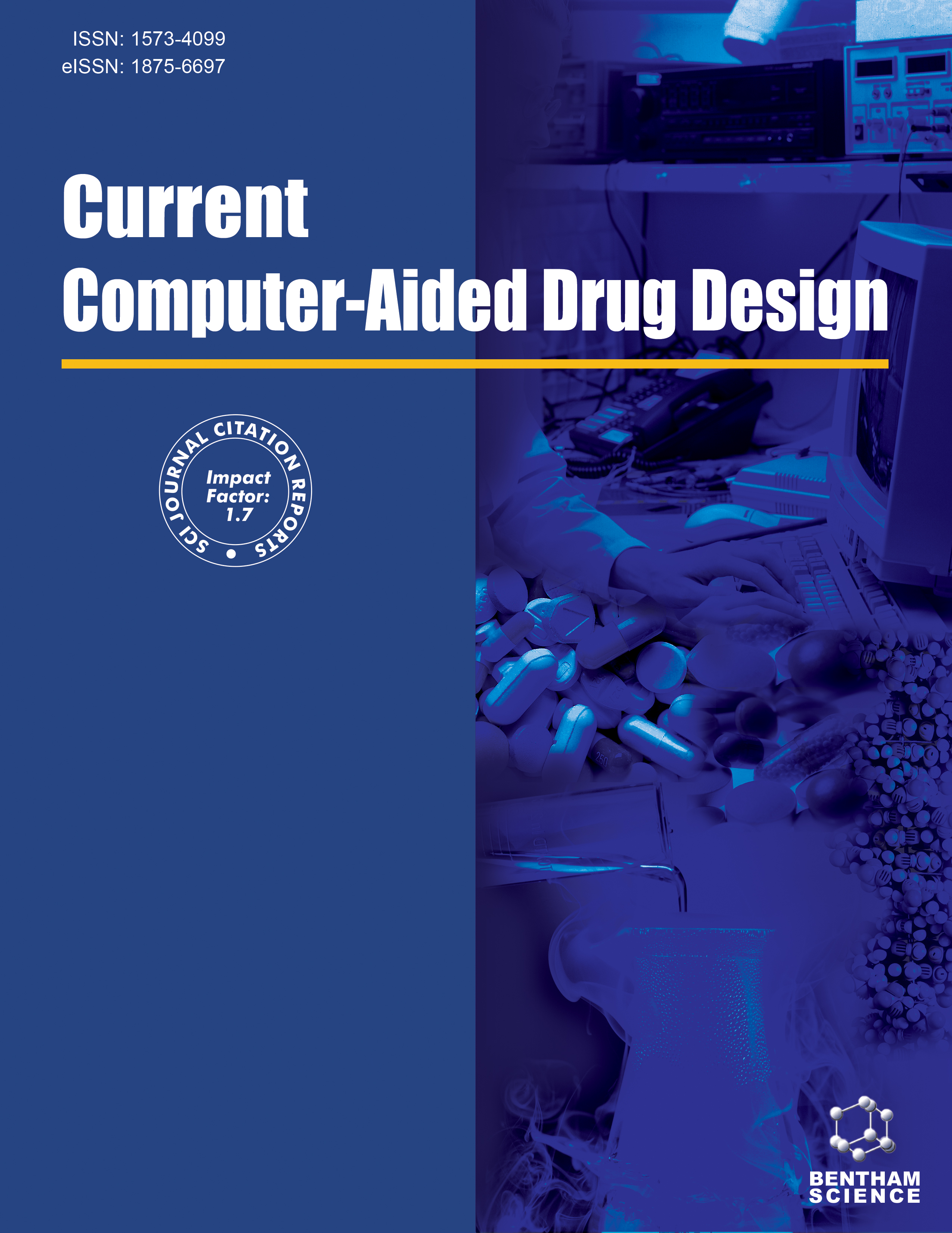
Full text loading...
We use cookies to track usage and preferences.I Understand
Agricultural chemicals are impacting health nowadays. Recently, promising synergistic antifungal interaction between tacrolimus and some azole compounds was studied.
To determine ADME parameters, potential side effects of test substances to reduce time and resources in the future.
All descriptors and molecular parameters were obtained by the protocols ofSwissADME and ProTox II.
In the result, the following physicochemical and drug-likeness parameters were calculated.
Studied triazoles 1 and 2 showed good ADME characteristics and promising toxicity levels suitable to be checked for in vitro toxicology in case of future advanced results in theagricultural field.

Article metrics loading...

Full text loading...
References


Data & Media loading...

